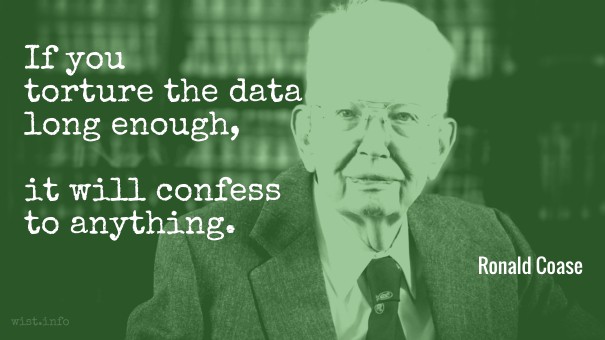Ron Coase made several errors in his theory of transactional processes in economics. Most critically, he has failed to note the value of property.

Property rights include the right to have and use. The value of property includes the right to use and dispose. If this right is removed, then some of the value of the interest in property is also removed.
In Coase’s example of a rancher and farmer, the cattle straying into the farmer’s property is calculated as a pure equilibrium on the transaction alone. This ignores the value of the property already vested in the right to exclude. By removing the right for the farmer to exclude the cattle rancher’s steers, Coase has developed a means of taking some of the total property value away from the farmer without compensation.
Basically, the diminution in capital value of the property is not considered. This means that property value is not fixed. The individual cannot plan for a use of the property, and the capital value of that property cannot be guaranteed as a neighbour with a more economically valuable idea can move next door and usurp one’s rights.
For instance, if we assume that the rancher has moved next door to a person with a home in the bush, that use has no economic value. Under Coase, the rancher’s steers would be able to roam onto the homeowner’s property damaging it and destroying the homeowner’s rights. The owner may for instance want to have a bush rejuvenation project. This may not appear to have value to the rancher, but it had value to the owner, and also to other prospective purchasers of the property.

The rights of the rancher to have the cattle roam and destroy the neighbour’s land remove its use as a rejuvenation project. This devalues the property. It means the capital value of the land is diminished through the loss of the right to exclude. This result occurs as no other party with a desire to own a bush-rejuvenation project will want the land. This reduces the pool of possible purchasers and hence lowers the value of the property. The owner loses capital value without any means of addressing this loss.
In all instances, there is a more valuable use of property. The arbitrary assignment of rights devalues ALL property. The end consequence is that all property is uncertain and no property can be seen to have value.
The conversion of a property right into a liability right does not account for the additional harm done to the property owner.

